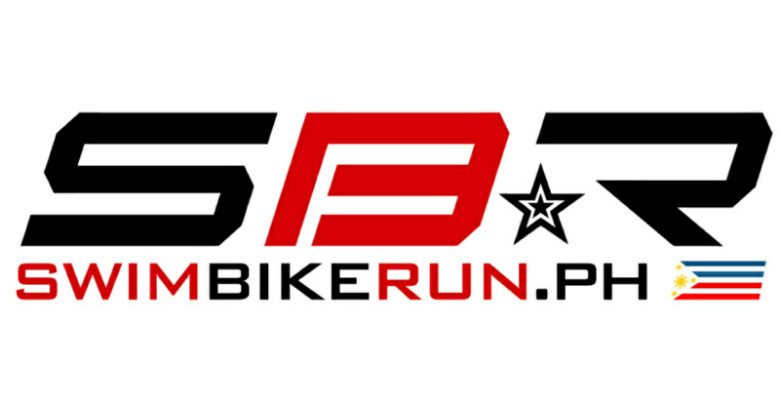Clincher or Tubular? | Dealing with Flat Tires

When I was buying race wheels way back in 2008, I had a huge dilemma. The price of Zipp 404 clinchers and tubulars back then were EXACTLY the same. Not even a cent separated the two which would’ve made my decision so much easier. Had the tubulars been 10 pesos more expensive than the clinchers, then I would’ve gotten the clinchers right away.
I endured a lot of mental torture deciding whether I should go for the clinchers or the tubies. Hey, I’m forking a heck load of my savings and I don’t want to regret it! So I ended up buying the clinchers. Fast forward 4 years after, do I regret it? Nope! Not one bit. Here’s why.
It’s a given that tubulars are WAY lighter and faster than clinchers, plus they look better! But the thing that turned me off is the tire price! Also, if you get a flat with your tubulars, you better be prepared to spend at least 4k minimum for a replacement tire. And what happens if you get another flat?
For some people, that’s not a problem. But for someone who already burned all his savings to get his dream wheels, I simply cannot afford it. If I get a flat with my clinchers, I can easily replace the inner tube (there’s a lot of cheap spare tubes). Some say “but you can easily the tubular tires stitched up”, yeah you can indeed, but honestly, I’m not that open to that idea. I don’t want to risk my life riding a stitched tire. That 1 ½ inch thick piece of rubber is your only contact point with the road. So it’s always wiser to use a brand new/undamaged tire.
For me, here are some of the pros and cons of each rim :
TUBULARS
PROS :
- Lightweight
- Faster than clinchers
- Looks awesome!
CONS :
- Replacement tire is expensive
- You need to switch to carbon brake pads every time you use them (additional expense and time)
- Tough to change in case of flat
CLINCHERS :
PROS :
- Easy to change tires in case of a flat
- Cheap price of spare tubes and is readily available in any LBS (local bike shop)
- Plug and play. No need to worry about swapping the brake pads.
CONS :
- Heavy
- Slower than clinchers
- Pinch flats
Getting a flat during the race.
There is nothing worse than getting a DNF (did not finish) simply because of a flat. Fixing a flat tire is part of training. During a race you should always be prepared for anything. You sacrifice and spend a lot of time training so don’t let that all go to waste. It’s bazillion times better to get a DNF because of stomach issues or simply because you cannot endure the suffering anymore than to quit simply because you got a flat.
Don’t let this happen to you!
Learning how to fix a flat should be part of everyone’s training program. You need to practice, practice, and practice. There’s a lot of YouTube videos about it. This is where clinchers come in handy!
Part of the reason why I chose clinchers is because I already know how to fix a flat clincher tire. Do flats really happen during a race? You bet it does. I had a race before wherein I suffered 2 flats! I went from setting a p.r. to just making sure I’m not the last!
Check out this infamous YouTube video of 2x Ironman world champion Normann Stadler.
With the invention of co2 canisters, if you keep on practicing, you can easily fix a flat in less than 2 minutes. I think my fastest ever tire change P.R. was 1min 58secs (I used to practice this a lot before). Though I have to say that I did that in a controlled environment, and not during a race.
Here’s a video on how to change a clincher tire.
Here’s another one
Both of those videos use a co2 canister to inflate the tires, here’s one using the tried and tested handpump!
Now remember I told you before that it’s possible to change a clincher tire in less than 2 minutes? Here’s a guy doing it in 45 seconds! Without getting off his bike!
Whenever I see someone riding tubulars, I often ask them, what happens if you get a flat? The usual answer is, “I have a spare tire and a pit stop!” and then I’ll ask, “but have you ever tried using the pit stop?”, they’ll usually just shrug it off or flat-out say no. I cringe every time they say that.
Unless you actually had a puncture and used your vittoria pitstop to repair it, I guess part of the reason why they haven’t tried it yet is because it’s pretty darn expensive to do a test fix. Unless you have lots of cash to burn, no one in his right mind would intentionally puncture a tubular tire. Though I have friends before who shared money and bought a cheap tubular tire and punctured it just to see how the pit stop works.
Here’s a step-by-step video on how to replace tubular tires.
Don’t get me wrong, changing a tubular tire is actually EASIER than clinchers. That is if you know how to do it! It’s just that for me, I’m more comfortable changing the latter. Plus the fact that I really can’t afford tubular tires. So practice, practice, and practice. If you’ve been running a tubie for the longest time, take it off and buy a new one, then use your old tire to practice
Practice makes perfect
Note: You can now get the best of both worlds today by buying carbon clinchers.








